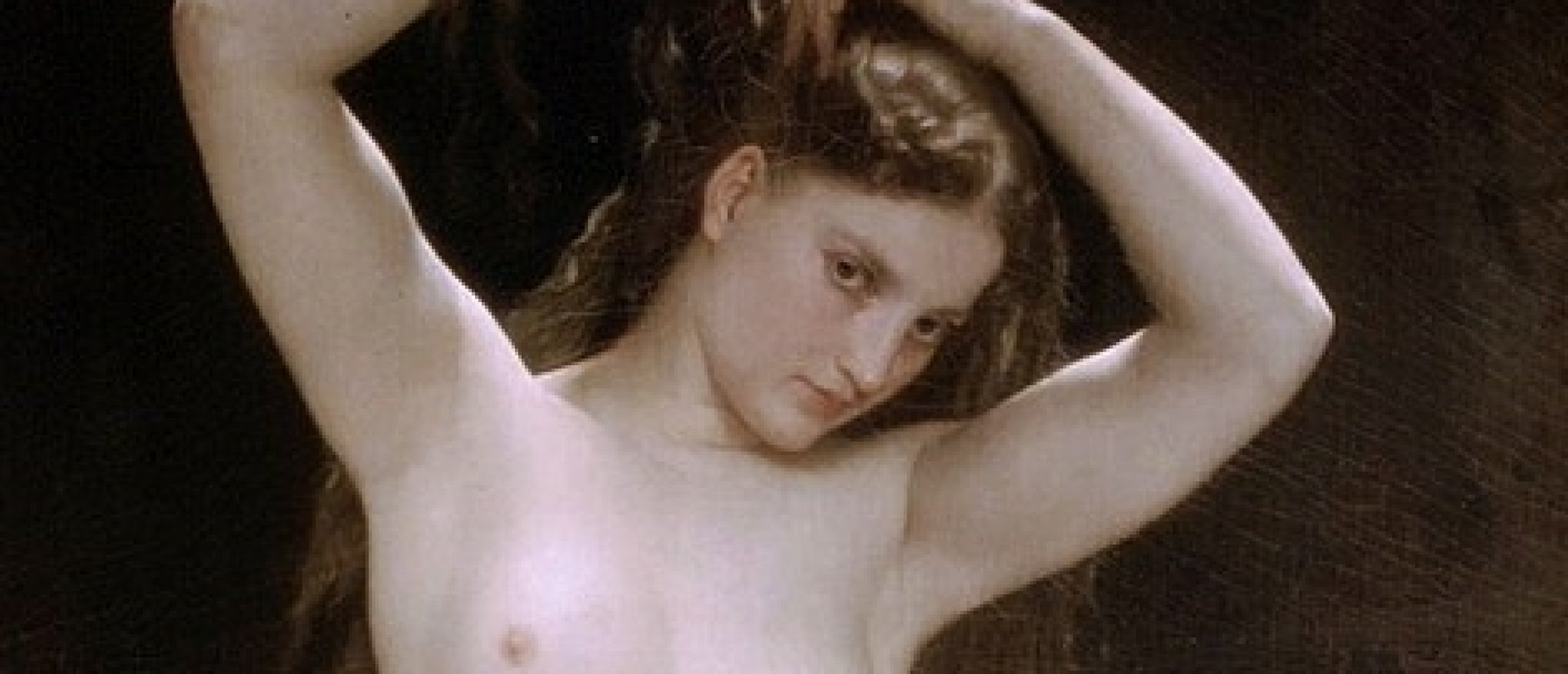
Entering our platform, you see the most famous erotic engraving by Katsushika Hokusai. Entering the website of the Art Renewal Center founded by Fred Ross, you'll see Nymphs and Satyr (fig. 1) by the French artist William Bouguereau (1825-1905), whose works we examine in the current article. This artist is quite popular on social networks and thematic websites. In the 19th century, the audience loved him as well, while artists loathed this commercially successful academist. Let's see why Bouguereau achieved such polar views on his art.
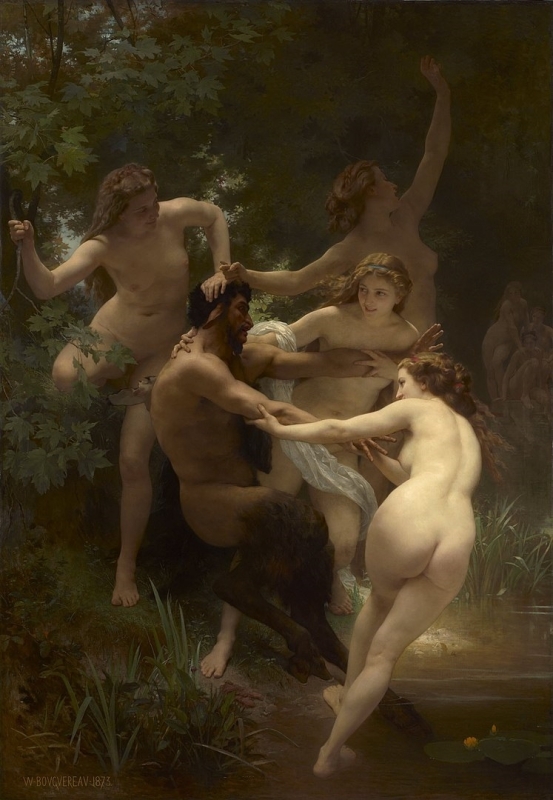
Fig. 1. Nymphs and Satyr, 1873 (Wikipedia.org)
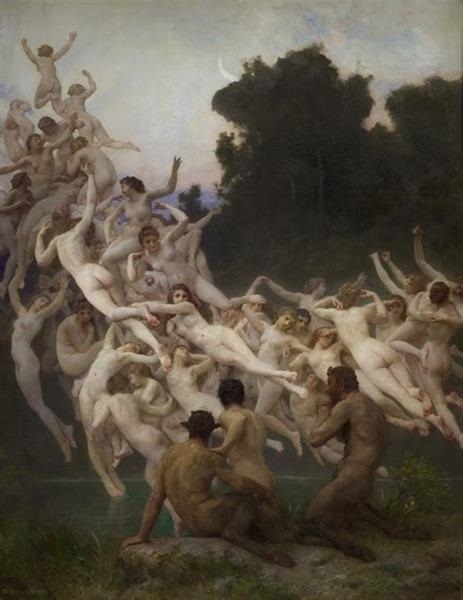
Fig. 2. The Oreads, 1902 (wikiart.org)
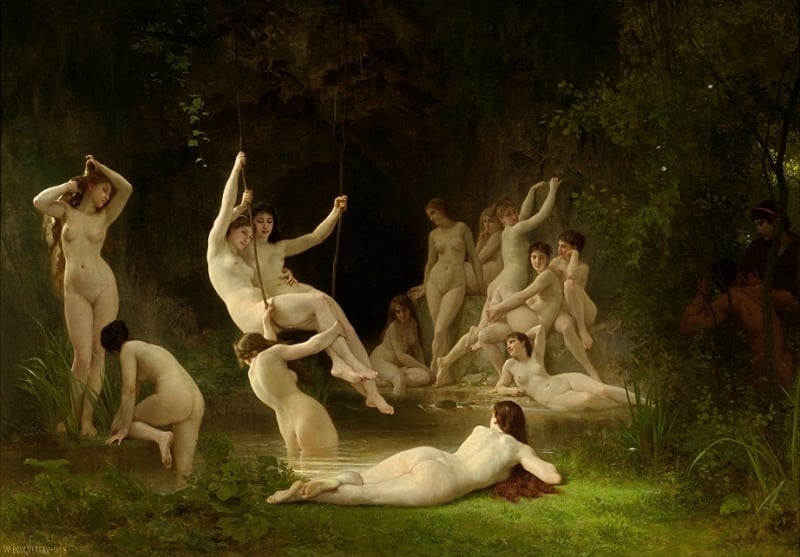
Fig. 3. The Nymphaeum, 1878 (Wikipedia.org)
Enterprising Youth
Bouguereau was born in La Rochelle, France, in a family of olive oil merchants. In 1839, he was sent to study for the priesthood at Pons Catholic college, where Lois Sage taught him drawing. Fourteen-year-old Bouguereau was so excited by these lessons that he didn't want to return to his parents relocated to Bordeaux. There he enrolled in the Municipal School of Drawing and Painting in 1841. While studying, he also worked as a shop assistant, colored lithographs, and produced small chromolithograph paintings. Being the best pupil in his class, Bouguereau aspired to become a professional artist, which meant enrolling in the École des Beaux-Arts, the most prestigious art institute in Paris. To raise money for this enterprise, the future artist sold portraits. The hardworking devotee of fine arts produced 33 oils in three months and earned his finances. He arrived in Paris in 1846 at the age of 20 and became a student of the École des Beaux-Arts.

Fig. 4. Shepherds Find Zenobia on the Banks of the Araxes, 1850 (Wikipedia.org)
Perseverance Wins
Studying at the school of arts, Bouguereau was determined to win the Prix de Rome, which provided students an opportunity to travel to Rome and reside at the Villa Medici for three years to study Renaissance artists. Bouguereau entered the competition in 1848 but failed. He didn't lose his courage and entered the contest again in 1849, though, with the same result. As you may remember from one of our previous articles, Gustave Moreau gave up already after the first fail, but this was not the case. Bouguereau became a contestant in April 1850 for the third time with his early neoclassic painting Dante and Virgil in Hell (1850) and... failed once more! Curiously, only five months later, he heard that his other painting, Shepherds Find Zenobia on the Banks of the Araxes, won a joint first prize.
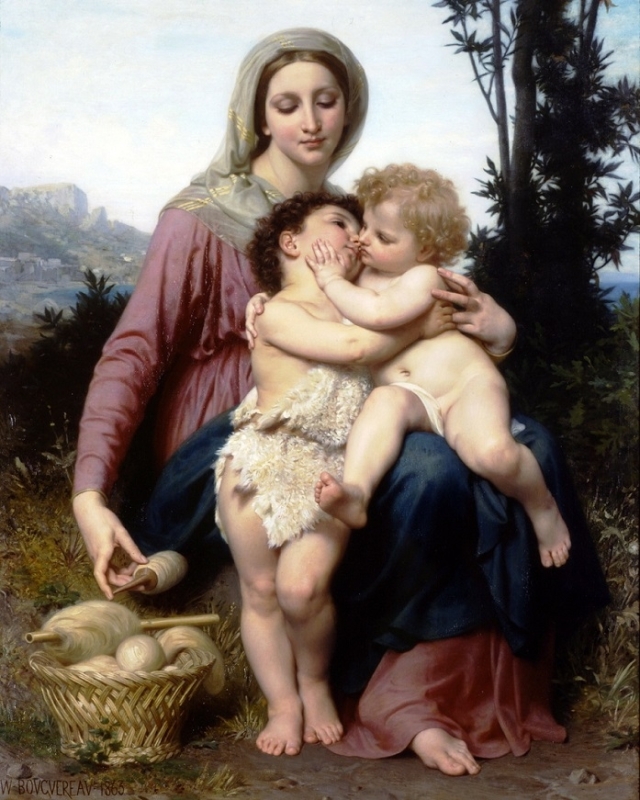
Fig. 5. The Holy Family, 1863 (Wikipedia.org). Madonna watches little John the Baptist (left) kissing infant Christ.
Japan erotic prints - Between Bathers and Pieta
After Bouguereau's return from Italy in 1854, his career started building up. He was a persistent participant of the Salon, a prestigious Parisian exhibition, and connected with art dealers like Paul Durand-Ruel. His Holy Family presented at the Salon in 1863 was bought by Napoleon III for his spouse Empress Eugénie. His Bather (fig. 6), exhibited in Belgium the following year, was obtained by the museum at once. In addition to exhibitory activity, the artist was busy decorating Grand Théâtre at Bordeaux and La Rochelle chapel ceiling. In 1875, he worked on one of his most famous religious paintings Pieta (fig. 7), which was shown at the Salon in 1876. After the exhibition, King William III of the Netherlands invited him to Het Loo Palace, where they spent some time together. In the 1870s, Bouguereau was an honored academic and a successful art teacher. Even in later years, he produced twenty paintings in a year. Throughout his life, Bouguereau created nearly 820 pictures.
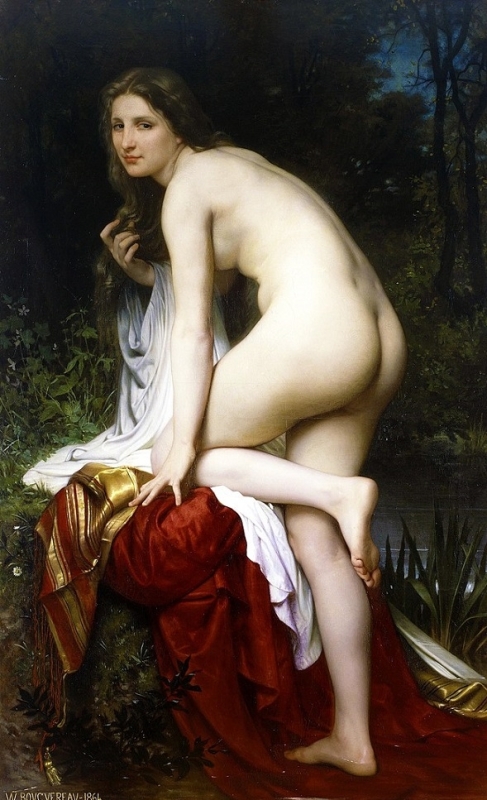
Fig. 6. Bather, 1864 (wikiart.org)
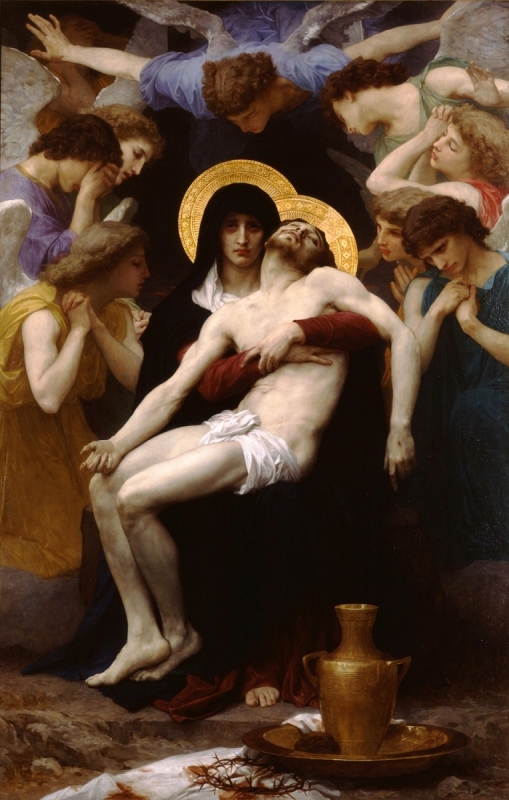
Fig. 7. Pieta, 1876 (Wikipedia.org)
The Ghost Of Raphael
Speaking of Bouguereau's sources and inspiration, we must mention Raphael. Winning Prix de Rome, the artist completed a copy of Raphael's Triumph of Galatea. The apparent influence of this painting can be seen in The Birth of Venus. Considering this, we may suppose that Bouguereau was a scapegoat not only for young avant-garde representatives but also for the Pre-Raphaelites influencer John Ruskin, who was six years older than the artist. Looking at his works, one can understand what the decay of academism means. Bouguereau depicts his bathing nymphs in an idealistic way, with perfect skin and proportions. Bodies are not transformed by real light, the skin doesn't acquire subtle color patterns from the water or the sun, as if it's depicted in a vacuum. Impressionists, who struggled to convey a complicated play of light and shadow, protested against working in the studio, and looking at Bouguereau, we see the reason for their discontent with academism. It's easy to imagine these beauties having their Instagram accounts, while Bouguereau provides them with perfectly performed images, using a real brush and canvas instead of virtual ones.
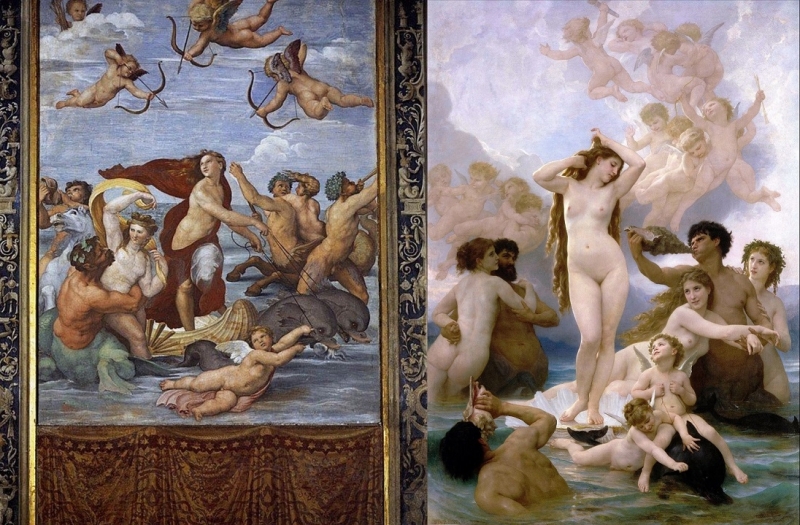
Fig. 8. Left: Raphael, Triumph of Galatea, 1512 (Wikipedia.org); right: The Birth of Venus, 1879 (wikiart.org)
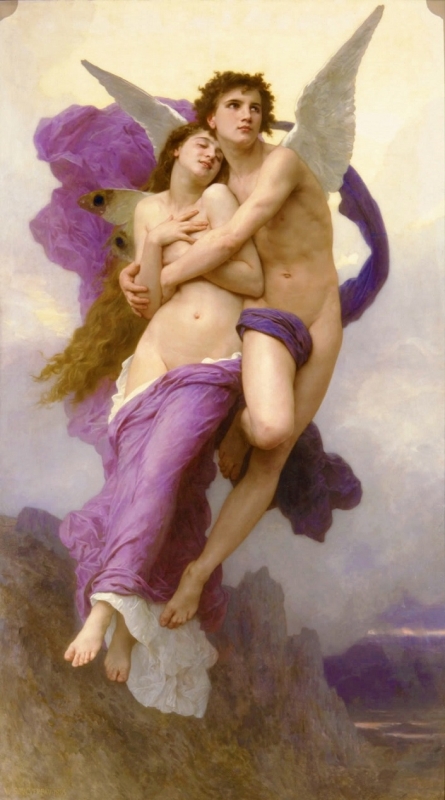
Fig. 9. The Abduction of Psyche, 1895 (wikiart.org)
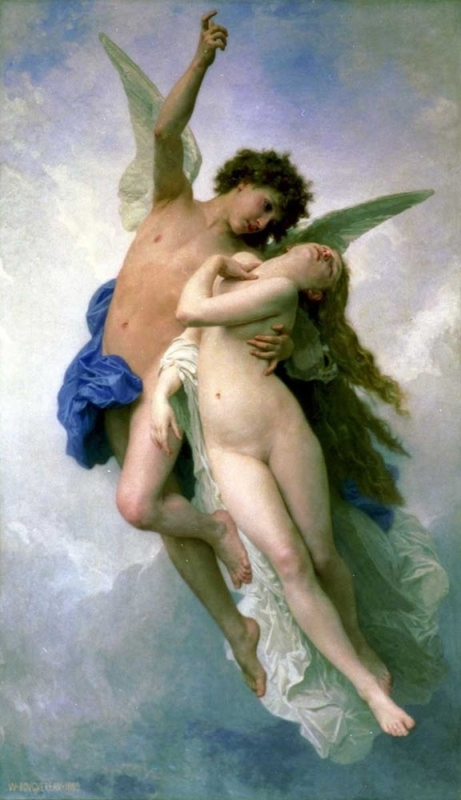
Fig. 10. Psyche and Amour, 1889 (wikiart.org)
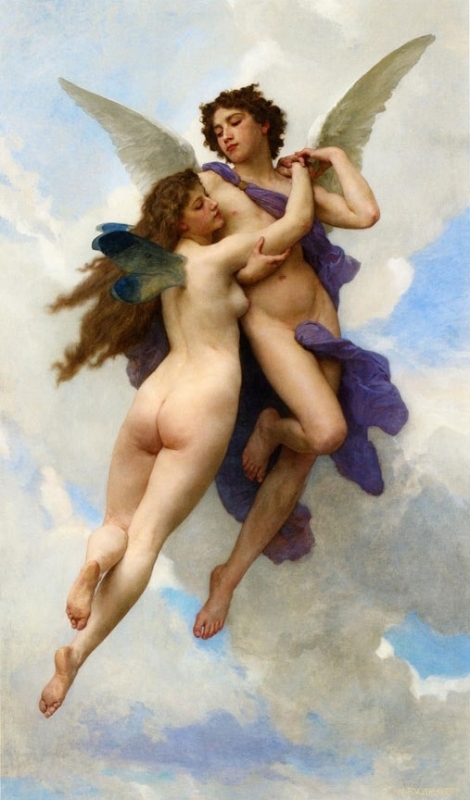
Fig. 11. Cupid and Psyche, 1899 (wikiart.org)
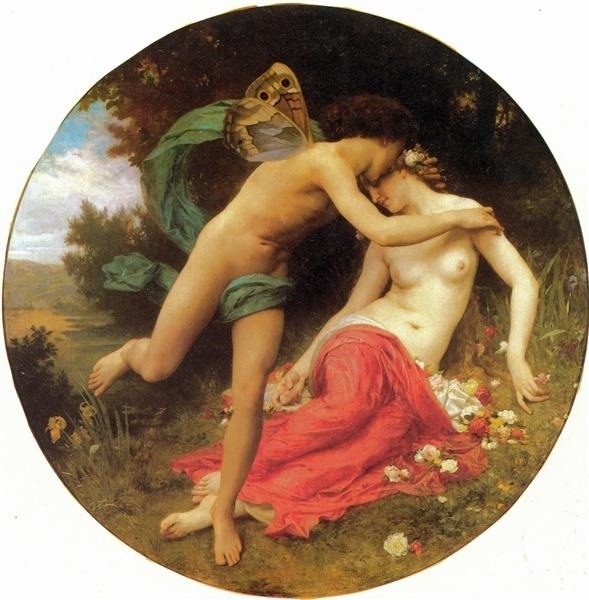
Fig. 12. Cupid and Psyche, 1875 (wikiart.org)
Fifty Shades Of Academism
The extreme popularity of this painter in Europe during his lifetime can be compared to the fame of a pop singer or an author of "Fifty Shades of Grey." This analogy may sound too ironic, but Paul Gauguin, who couldn't stand Bouguereau's paintings, would find it accurate enough. The phenomenon of this painter raises the question of what art in general is. Each viewer has to decide whether this fantastically determined workaholic can be called an artist like Gauguin, Van Gogh? (P1)" data-excerpt="Riot Around Cashbook with 65 Drawings A sketchbook with 65 newly discovered drawings, possibly drawn by Vincent van Gogh (1853-1890), has caused a lot of commotion in the international art world. Must the artist evolve and develop his skills, pushing the limits, or may he stick to one particular tradition and be a successful trader? Asked about his constant manner, Bouguereau once confessed that he just fulfilled the needs of the audience: "What do you expect, you have to follow public taste, and the public only buys what it likes" (wikipedia.org). And the audience predictably wanted to look at perfect bodies in pastoral settings.
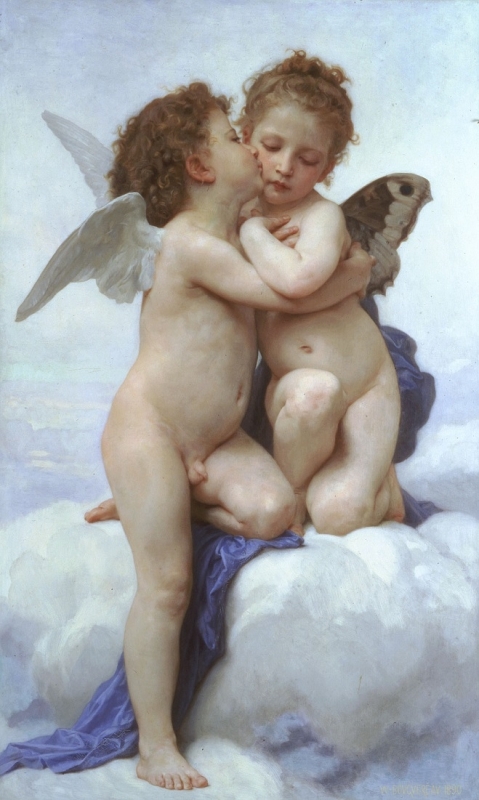
Fig. 13. Cupid and Psyche, 1889 (wikiart.org)
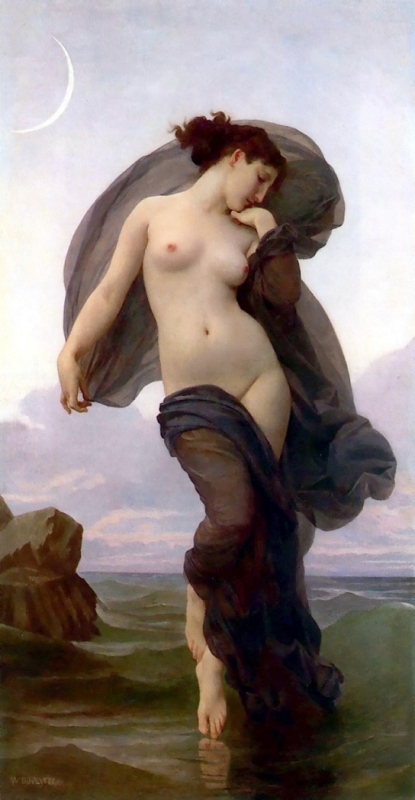
Fig. 14. Evening Mood, 1882 (wikiart.org)
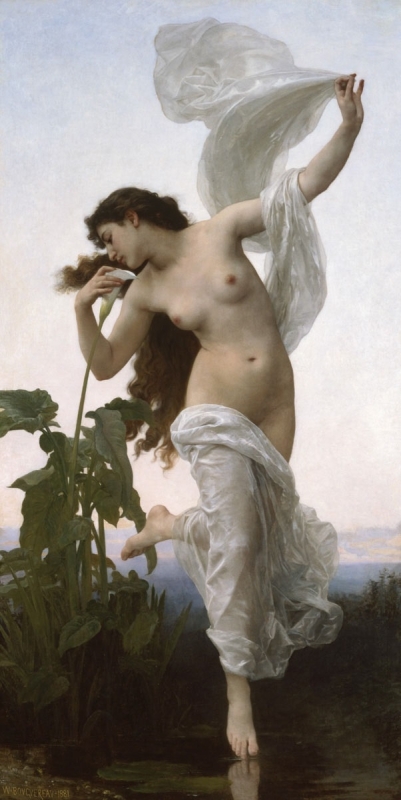
Fig. 15. Dawn, 1881 (Wikipedia.org)
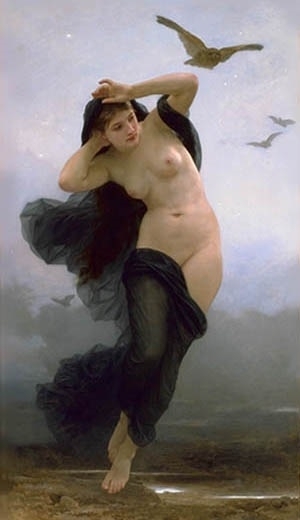
Fig. 16. Night, 1883 (wikiart.org)
What Is Realism
The only thing that remains a mystery is mentioned at the beginning of this article. Bouguereau's painting can be seen on the main page of The Art Renewal Center website, which founder roots for realism in art. Fred Ross' main article is entitled Why Realism?, and it states that "the vocabulary of fine art is the realistic images, which we see everywhere throughout our lives" (artrenewal.org). The problem is that I, the author of this article, don't see anything like Bouguereau's images in real life and even in my dreams because Bouguereau has nothing in common with realism, both conceptually and stylistically (if the girl sitting in water in The Wave is realism, then why, pardon, is she dry?). What's more, impressionist paintings with vivid colors can be considered more "real", because thick touches show us the real texture of the image, the paints that do exist and constitute the painting, while the surface of Bouguereau's works is smooth. Capturing reality in a narrow sense is a struggle of today's hyperrealists who compete with the camera. To classify the academist Bouguereau as a realist (which ARC does, as soon as they made him their mascot) is to put the tag "no filters" on the photo with a thick layer of Photoshop. Well, many people act so.
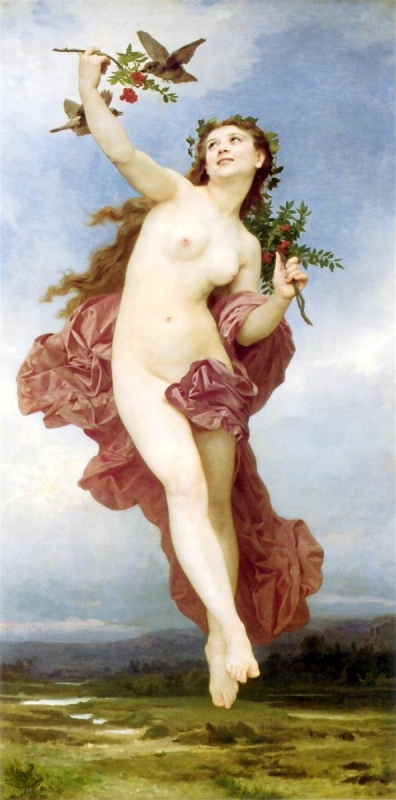
Fig. 17. Day, 1884 (wikiart.org)
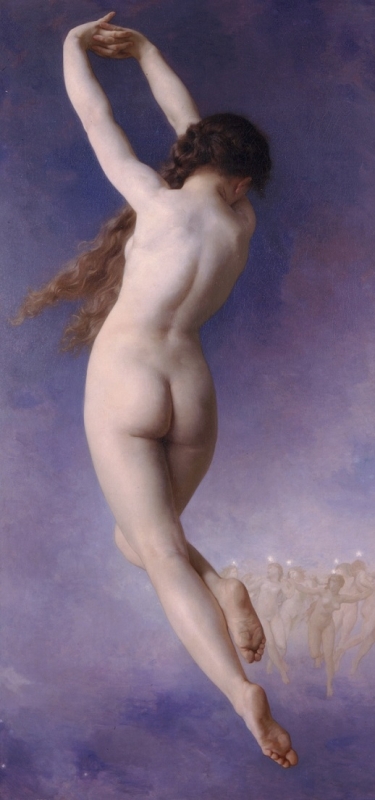
Fig. 18. The Lost Star, 1884 (wikiart.org)

Fig. 19. Spring Breeze, 1895 (wikiart.org)
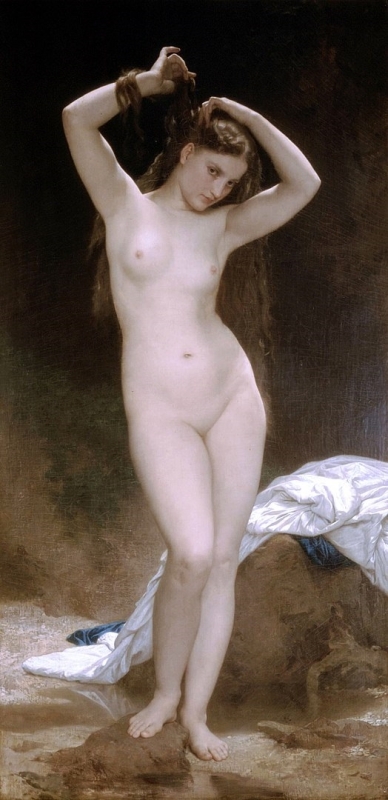
Fig. 20. Bather, 1870 (Wikipedia.org)
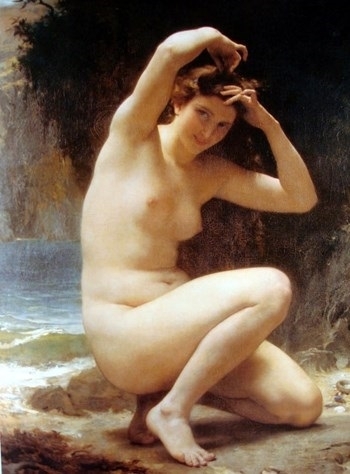
Fig. 21. The Toilet of Venus, 1873 (wikiart.org)
Bad Artist Or Bad Timing
Not to finish on a critical note, we must do justice to Bouguereau's sincere love for what he did. He produced such an overwhelming amount of paintings not for money solely but mainly because he was obsessed with the process. As the artist said himself, "Each day I go to my studio full of joy; in the evening when obliged to stop because of darkness, I can scarcely wait for the next morning to come ... if I cannot give myself to my dear painting I am miserable" (wikipedia.org). Who knows, if Bouguereau had died in the 1870s, maybe his avant-garde colleagues would even join the choir of his devotees. Still, we must admit that he was a mad man, determined and talented. He was born an academist, desired to be one, and became one. What is happiness if not this?
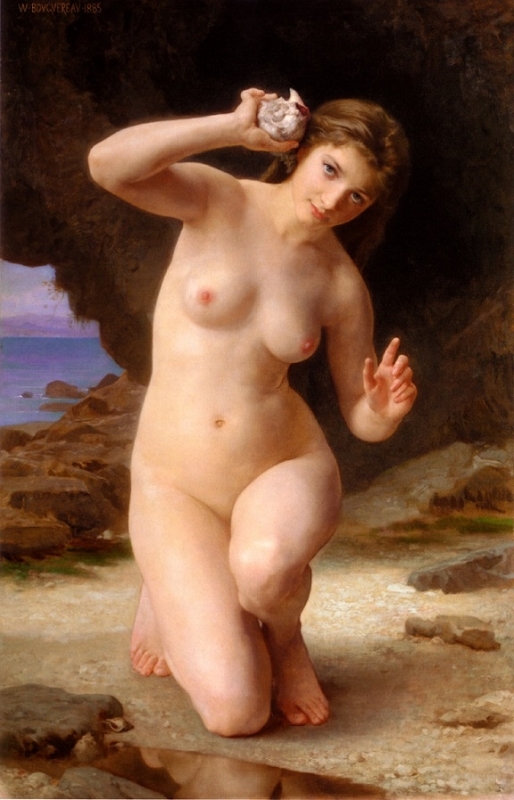
Fig. 22. Woman With Shell, 1885 (wikiart.org)
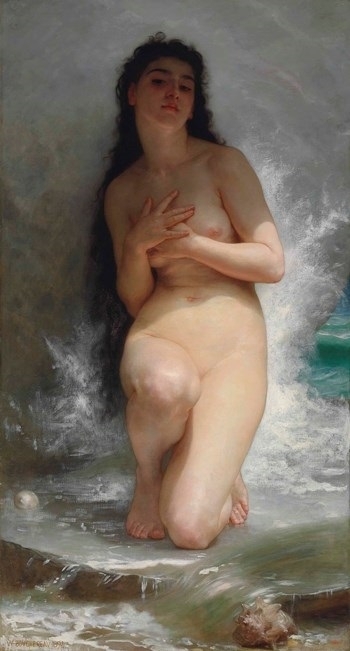
Fig. 23. The Pearl, 1894 (wikiart.org)
An extended version of the article with twice as much images can be discovered on Shunga Gallery Premium
Sources: Wikipedia.org; artrenewal.org; wikiart.org
Click HERE for the sensual symbolism of George Frederic Watts
